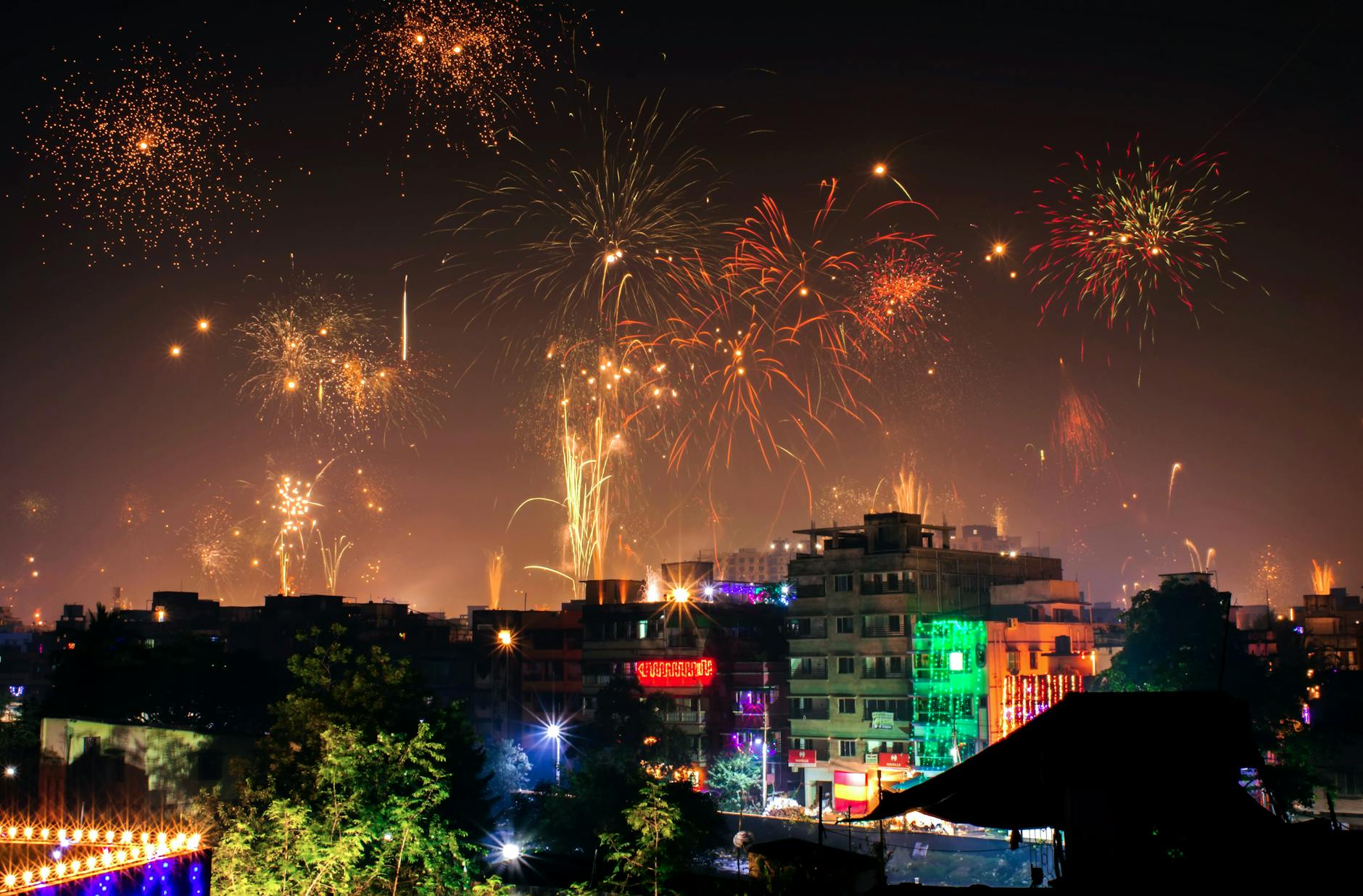John Maynard Keynes, a British economist, advocated government spending on public works projects to combat prolonged unemployment and economic recession. Over the years, he went on to be known as the father of modern macroeconomics. Every single economy to date is following the same principles to boost demand and generate new employment. However, boosting consumption patterns and giving an optimistic push to an economy is more or less India’s intellectual brainchild. Why do I say that? Because It is here where we purchase new furnitures, electronic appliances, jewelry, and other capital goods during festive season. Thereby setting standards to let the common man push economic growth.
In dry months (without festivities) we think a hundred times before buying a handkerchief for 50 rupees. But during festivities, we never hesitate to buy even a dozen of them. With a country so big in terms of human resource and diverse by nature, anything and everything can be sold. Even if one per cent of the population is your serviceable market, you possibly overachieved expectations. Here’s a common man’s observation of festive spending in India and why it will never fail this country for centuries to come.
Festive season = auspicious spending
I remember seeing a colleague of mine driving to office in a new bike. I asked him, “You seem to have bought a new bike?” He replied, “Yes, Gudi Padwa special. I saved money for this.” And he gave sweets to everyone in the office, which is another indirect value add (as the sweet stall was next to the showroom). Secondly, registration, number plate designs and a temple visit for Pooja was all extra spending. Apart from this, he also bought a smartphone, and a gold coin on the occasion of Gudi Padwa. It is inherently written in our culture that buying capital goods during festive season brings good luck and the entire family is happy as every single penny spent on capital goods is a lifestyle upgrade.
Post Gudi Padwa, they begin saving for the next big festive season i.e., Diwali. On average, Indian households (where spouses earn at least INR 50,000/- together) easily spend INR 10,000/- on clothes every year during Diwali. Apart from this, they have a habit of investing. Not on bonds or insurance, but on gold or silver. Hence, the festive season is equal to auspicious spending.
Hawkers, Handicraft Artisans & MSMEs benefit the most
Pen, a small town in Raigad district of Maharashtra is the hub for Ganpati idol making. Across India, large Ganpati idols (made of Plaster of Paris or Clay) are ordered from here. Similarly, Sivakasi in Tamil Nadu is the hub for firecrackers. Even after Chinese fireworks taking centre stage in recent years, the love for Sivakasi firecrackers has not reduced. And I need not tell you about the streets of Kolkata during Durga Puja. All these put together give a positive push to money circulation within an economy. This is the next large scale employment activity in the country after agriculture.
Even though they comparatively earn less in terms of margins, they are infusing money within the economy to a large extent. With digital payments, the ease of buying is even higher these days due to which people end up buying something extra during festive season.
Services – the unspoken bit
We all speak about buying clothes, capital goods and more during festivities. But we hardly notice the travel part of it. Many Indians tend to go back home to celebrate Diwali. A news report indicates air ticket costs surging as high as 244 per cent this Diwali season and yet some still bought it as they’re keen to celebrate Diwali with their family.
Added to that, many international tourists arrive in India to witness Ganesh Chaturthi, Navratri, Kite Festival, and Durga Puja celebrations. And some families go on a vacation too, giving another tangent to festive spending. And there are various other services, which we haven’t spoken here, such as home cleaning that accounts largely to unorganised sector spending.
In conclusion
These were mere observations of a common man. We see this happening in front of us. There is more depth to what happens behind too. But the crux remains the same. The festive season is an optimistic shock to the economy as it infuses money into the economy and offers employment to the needy on a temporary basis. Capital goods are always sold the most during this season, and every year they keep breaking their own records. With such shocks that boost our economy, this nation will never fail against external shocks in the long term. Tariffs cannot pull us down, but not celebrating our cultural heritage will.






Leave a Reply